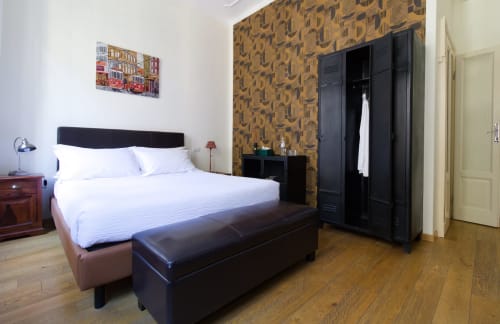Welcome
A few minutes away from the center of Milan, Bed and Breakfast of Porta Tosa is located in a villa dating 1920s. The renovation preserved original furniture and house details, in order to offer a relaxing and charming vintage atmosphere.
It will take you back in time, away from Milan's dynamism.
Our 4 Rooms
Experiences & Promo
Discover the tasting experiences and promotions we have designed for you.


